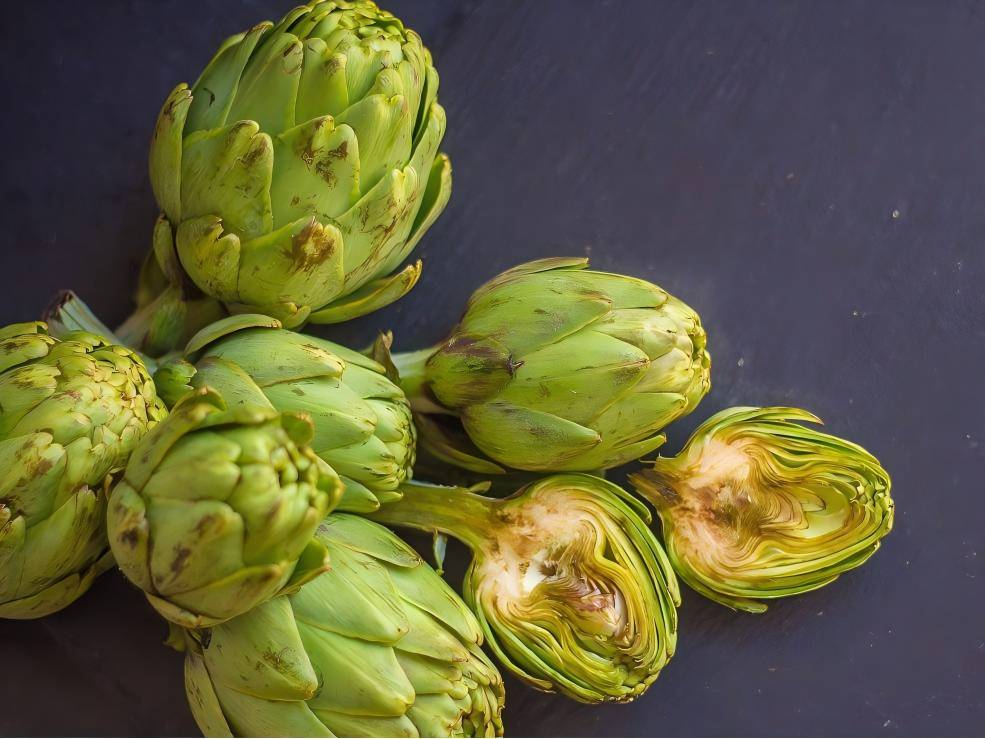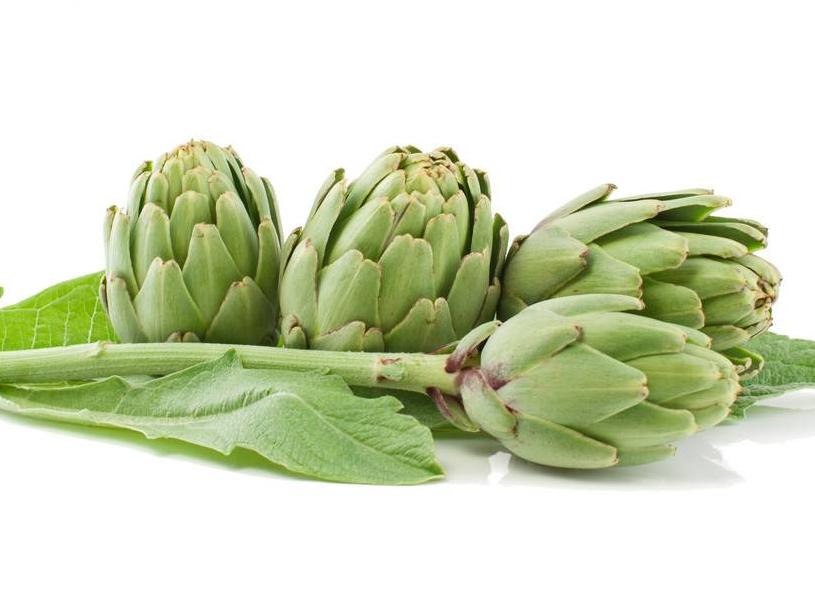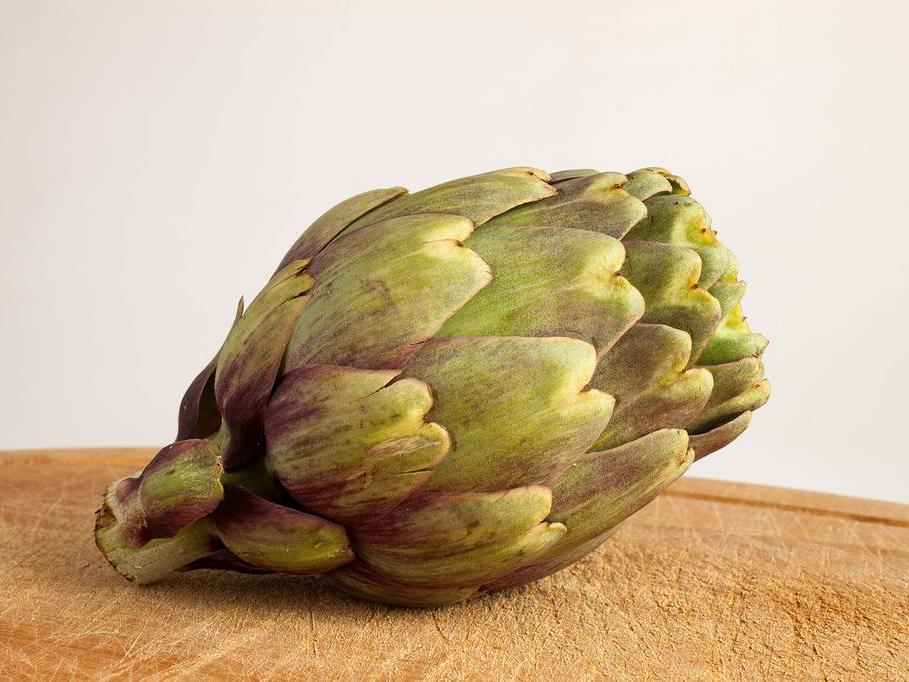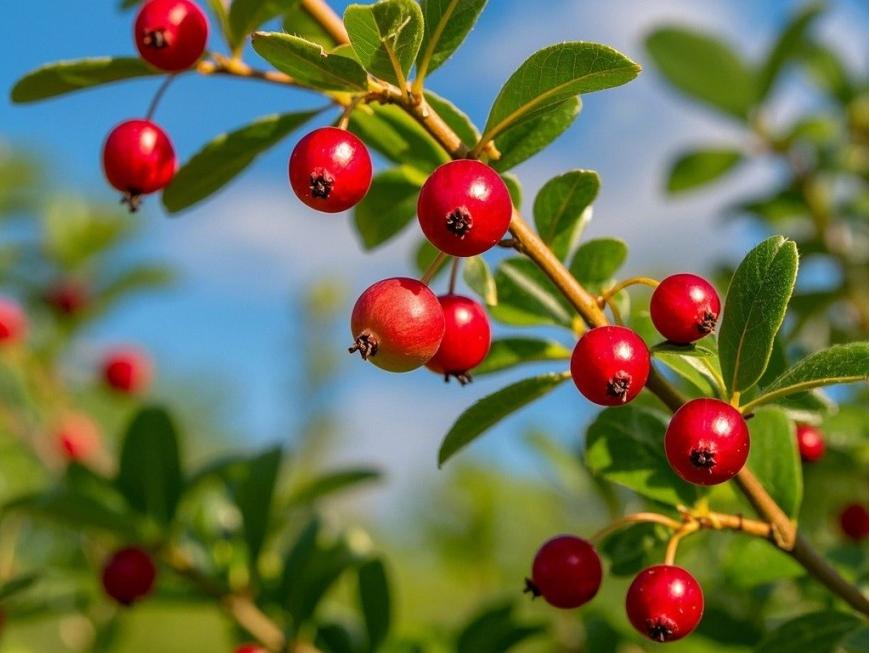Study on Artichoke Extract and Liver Health
Artichoke (Cynarascolymus L.) is a high-end health vegetable with the reputation of being the “king of vegetables”. It is also known as food-bearing thistle, artichoke, French lily, etc., and belongs to the Asteraceae family of perennial herbs. Native to the Mediterranean coast and North Africa, it has been eaten by Romans and ancient Greeks for more than 2,000 years. Currently, the country with the largest cultivated area of artichoke is France, followed by Italy, Spain and Argentina [1]. In the 19th century, China introduced artichokes from France and planted them in the French concession. In the 1980s, Shanghai, Yunnan, Hunan and other places successively introduced artichokes for cultivation. In the 1990s, due to the large demand for artichokes abroad, Yunnan and Hunan cultivated artichokes on a large scale, and artichokes became an important agricultural product for China to export and earn foreign exchange.
The edible part of the artichoke is mainly the flower buds surrounded by green leaf-like bracts, which have high nutritional value. At the same time, the petioles can be cooked after being softened. Artichokes have significant health benefits. Wang [2] showed that artichokes are rich in functional ingredients, such as polyphenols, flavonoids, sesquiterpene lactones, lignans, etc. At present, artichoke has formed a large industry in China, but it mainly produces raw materials and primary processed products, and the field of deep processing and utilization has great development prospects. This paper comprehensively reviews the current research and development of artichoke from four aspects: high-efficiency cultivation technology, chemical composition, biological activity and development and utilization, in order to provide a reference for related research and industry personnel.
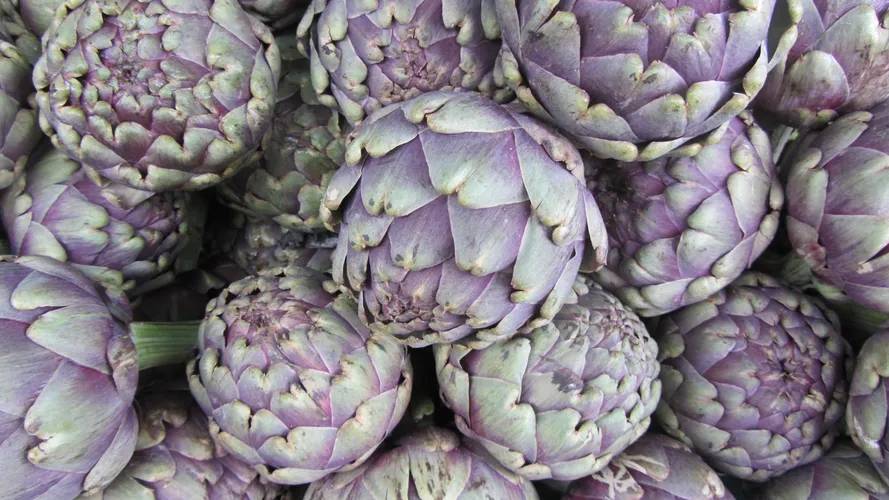
1 High-efficiency cultivation technology of artichoke
1. 1 Variety breeding
Artichokes are classified according to their propagation method, and are divided into traditional species propagated vegetatively and cultivars propagated by seed. Wang Zhongmei et al. [3] conducted a classification study of artichoke species, dividing artichoke varieties into three main types according to region: European varieties, American varieties and hybrid varieties. Each type can be further subdivided into three types based on bract color: purple, green and purple-green. In addition, artichokes can be divided into three types according to the characteristics of the buds: flat-topped round, heart-shaped, and spherical.
Artichokes are divided into processed, fresh, and ornamental according to their use, and cultivators select the appropriate varieties for their needs. According to the experience of promoting cultivation, You Longwei et al. [4-6] have shown that suitable varieties for cultivation in China include Lorca, Green Ball, Emperor Star, and Violet. When planting on a large scale, it is advisable to choose seeds or tissue culture seedlings with a high degree of purity to ensure the purity and safety of the variety.
1. 2 Sowing and seedling raising
Artichoke cultivation usually uses seed propagation and division propagation. According to Wang Yulou et al. [7], research on artichoke cultivation techniques in China shows that spring artichoke sowing is carried out in the first half of March to early April, and autumn sowing is carried out at the end of August to early September. At present, the large-scale cultivation of artichokes in China generally uses seed propagation. Liu Yuchun et al. [8] based on many years of cultivation experience shows that the more successful production and cultivation methods generally choose autumn sowing, seize the sunny days to sow, wait for the artichoke seedlings to have two leaves and one heart to four leaves and one heart to transplant, when transplanting the artichoke seedlings should be shallow planting, let the seedling heart exposed.
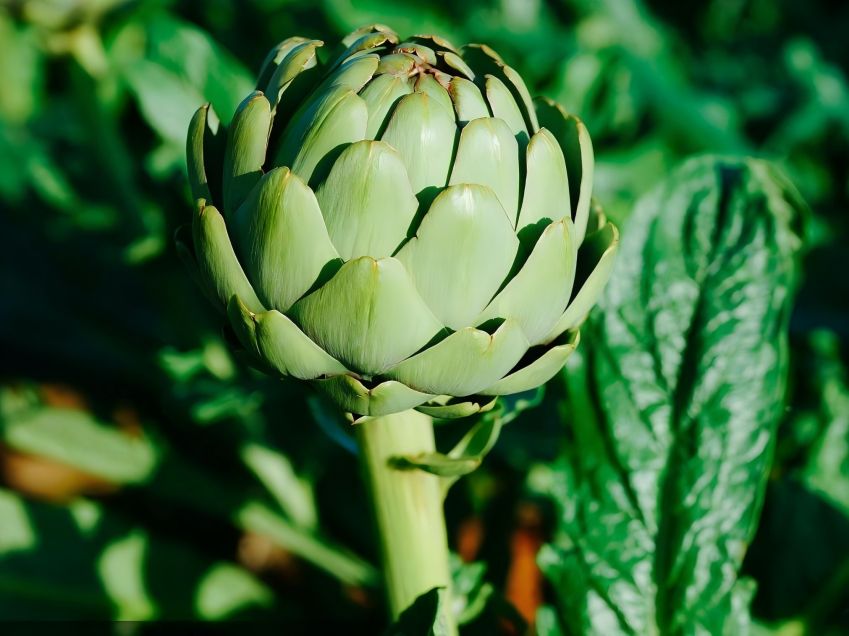
1. 3 Field cultivation management
1. 3. 1 Reasonable irrigation
Cao Hua et al. [9] showed in their research on artichoke cultivation techniques that when artichokes are transplanted, they should be watered immediately after planting to settle the roots. After planting, they should be watered slowly according to the weather conditions to maintain soil moisture. Zhou Shurong et al. [5] showed in their research that moderate watering is required during the period of vigorous vegetative growth and the bud stage, but care should be taken to ensure that the water does not exceed the surface of the box and that it is quickly watered and quickly drained. During rainy weather, care should be taken to prevent waterlogging and root rot by timely ditching and draining the water from the field.
1. 3. 2 Reasonable top dressing
You Longwei, Xu Guangcai, et al. [4, 10] summarized the research on fertilization techniques during the growth period of artichokes,technology research shows that artichoke fertilization is mainly base fertilizer, bud fertilizer and fruit picking fertilizer. Base fertilizer and bud fertilizer are mainly organic fertilizer and nitrogen, phosphorus and potassium compound fertilizer. Fruit picking fertilizer should be applied with quick-acting nitrogen. According to the cultivation technology experience of relevant scientific researchers [11], sufficient base fertilizer application in artichoke cultivation is the guarantee of high yield. Artichokes can be fertilized once after transplanting during the entire growth period to promote seedling growth. Pay attention to the distance between the fertilizer and the seedlings to prevent burning. Before the budding stage, apply a “budding fertilizer” to promote bud growth. After that, enter the bud picking stage. After 2 to 3 bud picks, apply fertilizer once using rainwater, mainly urea and potash.
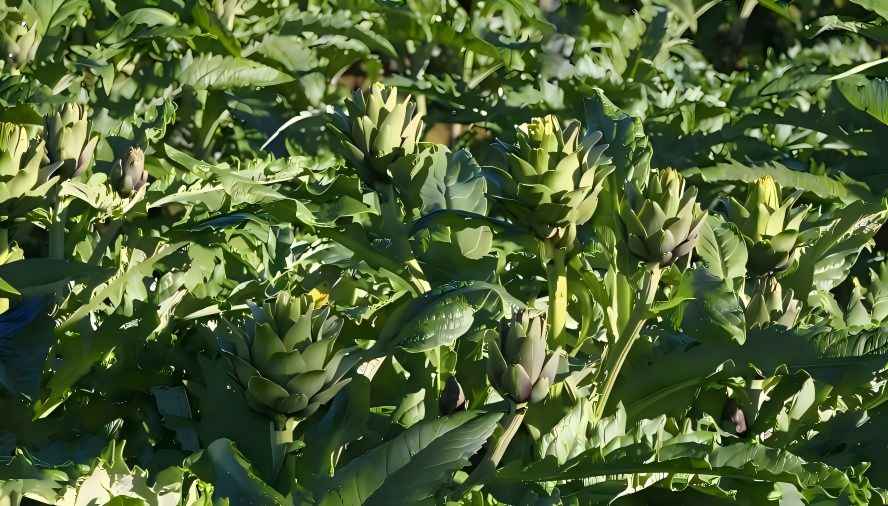
1. 4 Pest and disease control
1. 4. 1 Pest control
Tang Min et al. [12] showed that the main pests of artichokes are aphids, snails, cutworms, grubs, cabbage worms, and diamondback moths. Pesticides should be selected that are highly effective, low in toxicity, and low in residue, and integrated control should be carried out in combination with cultivation management measures. Cao Hua et al. [9] research on the aphids of artichokes shows that they are likely to harm artichokes after planting. Prevention can be achieved by covering the surface of the planting box with silver-grey mulch film before planting. Meanwhile, when aphids occur, they can be sprayed with 400-500 times imidacloprid for control. Zhang Pingxi [8] and others Production and Cultivation Techniques Experience shows that snails generally emerge from their holes in April and May to cause harm to artichoke plants. At this time, they can be captured manually or sprayed with 6% aldehyde (Mida) suspension or granules applied next to the plants. Chen Dongmei et al. [13] studied the damage caused by the artichoke thrips and diamondback moth, and found that the damage mainly occurred in the middle and late stages of artichoke growth. They generally used a 1000-fold solution of Batan and acephate for control. The common underground pests of artichokes are ground beetles and grubs. You can make poison bait by spraying 800–1000 times the 90% trichlorfon solution on soybean meal and scatter it around the artichoke seedlings to kill them.
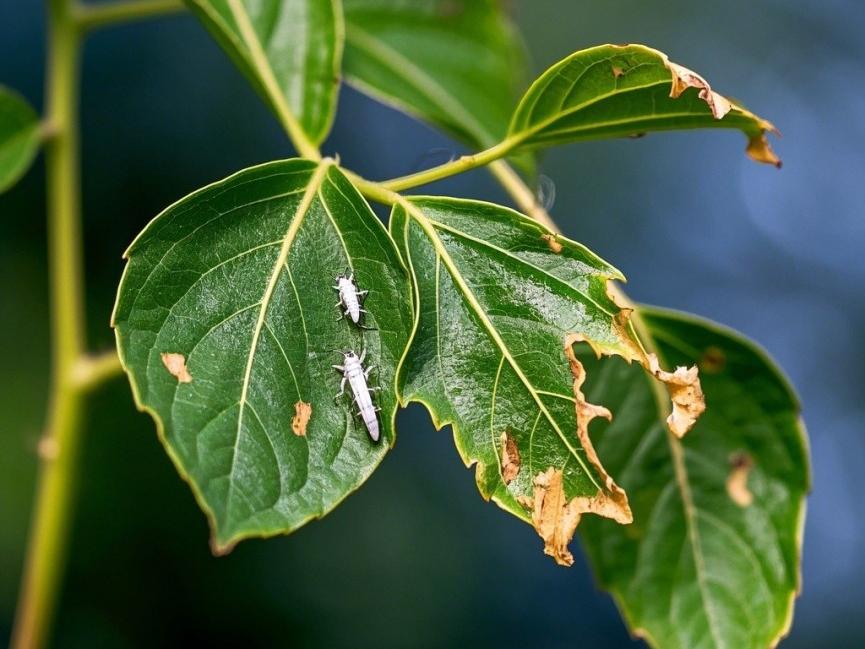
1. 4. 2 Disease control
Artichoke diseases are currently mainly downy mildew, damping-off, sudden death and cavity wilting, of which cavity wilting includes root rot and stem rot. Zhang Pingxi et al. [11, 14] found through years of observation that the main diseases of artichoke seedlings are damping-off and root rot caused by fungal pathogens. When transplanting, attention should be paid to diseases caused by downy mildew, while bacterial diseases caused by bacterial pathogens mainly appear in the middle and late stages of artichoke growth. Artichoke cultivation should be carried out in high ridges. The key to disease control is to control field humidity and ensure that the drainage ditches are unobstructed. For damping-off and sudden death diseases during the seedling stage, Liu Chunyu et al. [8] showed in their research on the cultivation of artichokes that the diseases can be effectively prevented and the healthy growth of seedlings ensured by treating the seed-covering soil with 50% carbendazim wettable powder or 70% methyl thiophene wettable powder, and by spraying carbendazim when the top soil of the seedbed turns white. Downy mildew is likely to occur before and after transplanting. Chen Dongmei [13] and other related studies have shown that 75% chlorothalonil powder and 58% mancozeb can be used to prevent downy mildew.
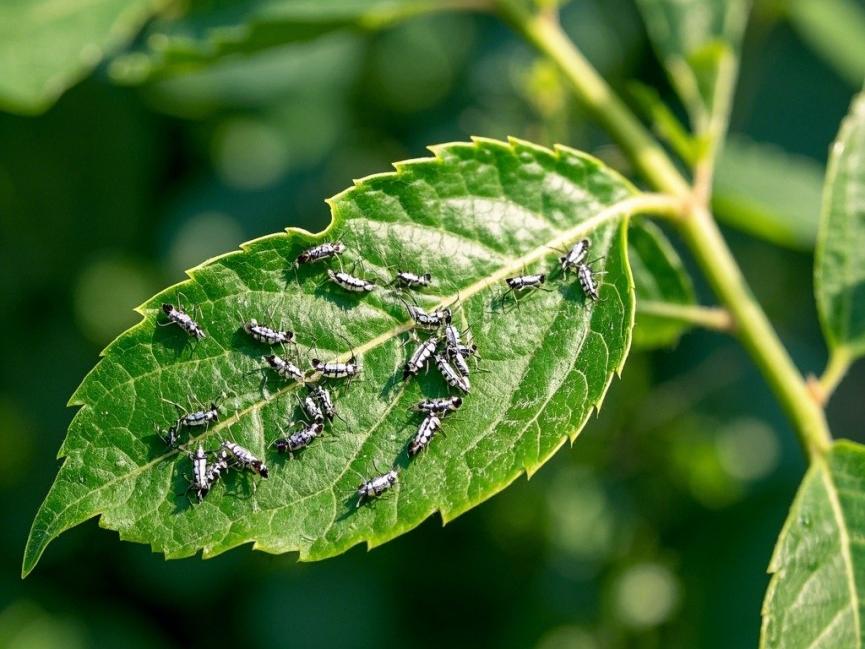
1. 5 Harvesting precautions
At present, the growing period of artichokes in China generally lasts from August to June of the following year, and the commercial part is mainly the plump buds. Sun Shufeng et al. [15] showed that the commercial harvest period of artichokes in China generally starts in early March and ends in early June, usually starting 10–13 days after the artichokes have buds. The first buds should be harvested 2–3 days in advance to allow the secondary buds to grow. Yulongwei et al. [4] cultivation research shows that when the artichoke flower buds are fully grown, the bracts have not yet unfolded and the outer sepals of the buds are greenish-blue or lavender, and the bracts are closely arranged, this is the best time to harvest.
Zhang Pingxi et al. [11] have shown through many years of experience in promoting cultivation that the harvest period must be timely, and at the same time attention must be paid to the fact that harvesting too early will not yield a high yield, and if the harvest is too late, the commercial value of the artichoke will be lost. The artichoke receptacle should be harvested in the morning on a sunny day, using stainless steel scissors to cut the base of the flower bud flush with the stem. At this time, the artichoke flower bud contains less water, which is convenient for processing and storage.
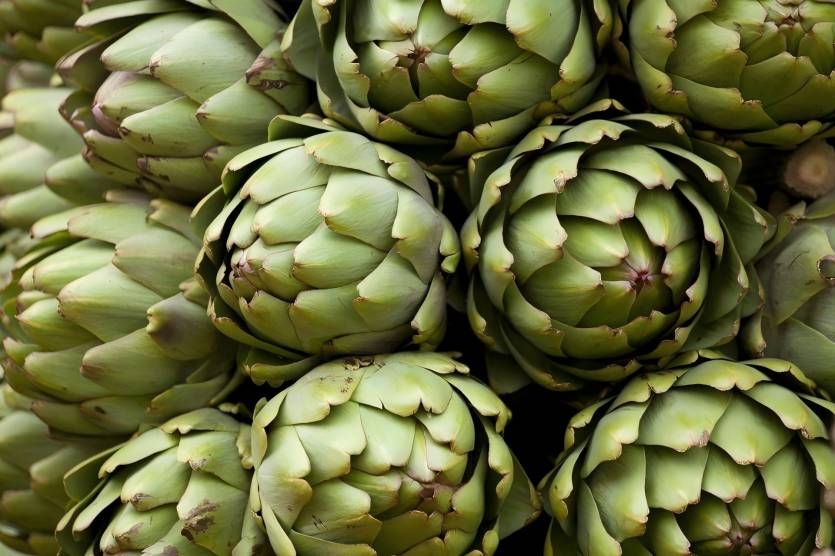
2 Chemical composition of artichokes
2. 1 Main nutrients
Artichokes are rich in nutrients, including high levels of protein, amino acids, fructose and glucose, as well as potassium, phosphorus, iron and other minerals [16]. Song Shuhui et al. [17] analyzed the nutrients in the edible parts of the artichoke receptacle and bracts and the inedible parts of the bracts and found that the artichoke receptacle had the highest nitrogen content, crude protein content and amino acid content, respectively 0.57%, 3.58% and 359.4 mg/100FW; the iron, potassium and phosphorus content of artichoke was tested, and the content of the receptacle was significantly higher than that of ordinary vegetables, reaching 509.7 mg/100FW, 98.58 mg/100FW and 1.229 mg/100FW respectively.
2. 2 Other chemical components
The functional ingredients of artichoke mainly include various phenols, terpenes, lignans, etc. The composition of functional ingredients in various parts is roughly the same, but the content differs [18]. The phenolic compounds in artichoke are mainly flavonoids, phenolic acids and coumarin compounds. Ferran et al. [19] identified up to 45 polyphenolic chemicals in artichoke leaves through research on the chemical composition of artichoke, among which chlorogenic acid, caffeic acid quinic acid and its derivatives; Katrin et al. [20] conducted a functional component analysis of artichoke extracts and found that the 22 compounds identified included 11 caffeoylquinic acids and 8 flavonoids. The terpenoids in artichokes are mainly composed of terpenoids such as artichoke bitter and sesquiterpene lactones. Shimoda et al. [21] found that the composition of artichoke leaf extract contains six terpene compounds, namely, artichoke bitter, cynaracoloside A-C, grosheimin and aguerin B, in a component separation test. Li et al. [22] showed that nine sesquiterpene lactone components were isolated from artichoke ethyl acetate extract, among which the two newly discovered terpene compounds cynarinin A and cynarinin B were identified.
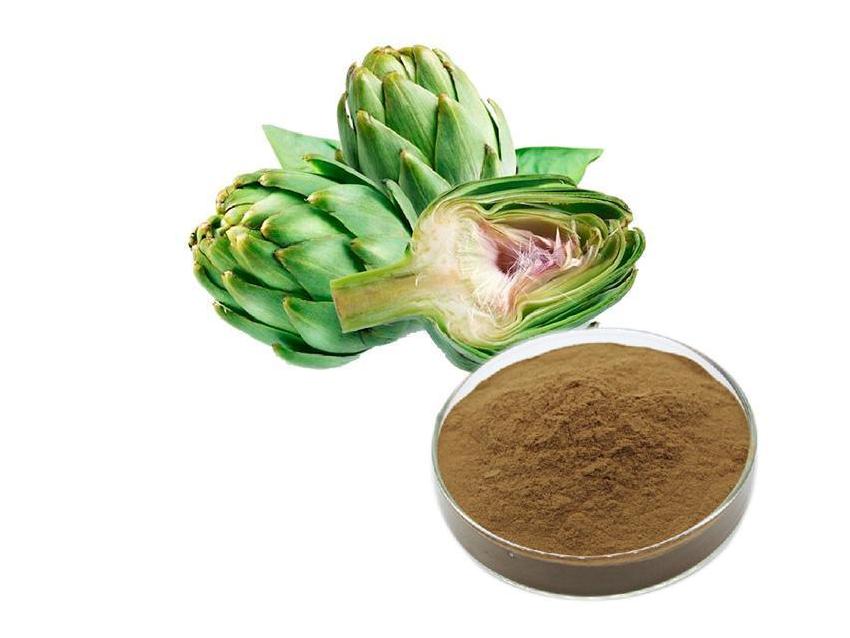
3 Artichoke bioactivity
3. 1 Hepatoprotective effect
Artichoke has a good hepatoprotective effect. Many studies have shown that artichoke extract has a good therapeutic effect on hepatitis, and in particular, it has been shown that artichokein plays a significant protective role in this process. Rao Rui et al. [23] conducted a study on the protective effect of artichoke extract on the liver of tilapia. The results showed that the diet supplemented with artichoke extract can significantly reduce the mortality of tilapia and effectively protect its liver. Gebhardt R et al. [24] studied the protective effect of artichoke leaf extract on rat liver cells and found that it has a significant effect on liver damage.
3. 2 Cholesterol-lowering and hyperlipidemia-reducing effects
Artichoke has a significant cholesterol-lowering and blood fat-lowering effect. Artichoke extract regulates lipid metabolism in the human body by lowering cholesterol and endogenous triglycerides. Scientific studies have shown that the main way the human body reduces cholesterol is through bile secretion, and artichoke extract can promote bile secretion and reduce cholesterol levels in the human liver and serum. Gebhardt R et al. [25-26] two studies have shown that artichoke extract can effectively inhibit cholesterol biosynthesis, especially its high luteolin content, which can fully inhibit cholesterol biosynthesis in liver cells.
Bundy et al. [27] divided 131 volunteers with different degrees of hypercholesterolemia into two groups taking artichoke extract and placebo. After three months, the cholesterol of the artichoke group decreased by 4.2% compared with the control group, while the control group increased by an average of 1.9%, which was a significant difference. Consuming fresh artichoke flower stalks also has a significant effect on lowering blood lipids and cholesterol. Nazni et al. [28] confirmed this result in their study, which showed that the total cholesterol, serum triglycerides, and low-density lipoprotein levels of the subjects were reduced by 10%, while the high-density lipoprotein levels increased significantly.
3. 3 Antioxidant effect
Artichoke is rich in polyphenols, and each component exhibits different antioxidant activity, which is probably closely related to its good free radical scavenging ability. At present, artichoke antioxidant research is mainly focused on artichoke leaf extracts. Jimenez et al. [29] conducted 1,1-Diphenyl-2-picrylhydrazyl (DPPH) scavenging capacity assays and Ferric ion reducing antioxidant power (FRAP) tests on artichoke, The results show that artichoke extract has strong ability to resist oxidation of low-density lipoprotein. The IC50 values of 1 g of its dry matter for DPPH and FRAP are equivalent to 29.2 mg and 62.6 mg VC and 77.9 mg and 159 mg VE, respectively.
Yang Meilian et al. [30] studied the purification of crude polyphenols from artichoke leaf extract by macroporous resin method, and used the FRAP method and DPPH and 2,2'-azinobis-(3-ethylbenzothiazoline-6-sulphonate) (ABTS+) radical scavenging to evaluate the antioxidant activity. The results showed that the antioxidant capacity of the polyphenols purified by macroporous resin was significantly enhanced, and the IC50 values for DPPH and the IC50 values for ABTS+ radical scavenging were reduced from 82.79 μg/mL and 251.30 μg/mL, to 32.30± 0.25 μg/mL and 107.98±0.42 μg/mL. Song Shuhui et al. [31] used four different in vitro antioxidant evaluation systems to evaluate the antioxidant function of artichoke leaf extract. The IC50 values of the antioxidant capacity obtained by the four evaluation systems varied greatly. The IC50 value of the di-tyrosine/tyrosine system, which had the highest IC50 value, was 18.8 times that of the NH2OH-Xan-XOD system, which had the lowest IC50 value, reaching 310 ug/ml. This shows that artichoke leaves have good antioxidant effects, especially significant free radical scavenging effects.
3. 4 Bacteriostatic effect
Substances such as artichoke acid, chlorogenic acid, artichoke glycoside and luteolin-7-rutinoside in artichoke have strong antibacterial activity. Yang Kesha et al. [32] studied the antibacterial activity of crude polyphenols and purified polyphenols, the active ingredients in artichoke, against Escherichia coli, Staphylococcus aureus, Pseudomonas aeruginosa, Bacillus Lactobacillus, Klebsiella pneumoniae and Candida albicans. The results showed that crude polyphenols and purified polyphenols exhibited significant inhibitory effects on five types of bacteria, including Escherichia coli and Bacillus. Zhu et al. [33] studied the antibacterial effect of artichoke leaf extract. The results of experiments on 7 types of bacteria, 4 types of yeast and 4 types of mold showed that artichoke leaf extract had a broad-spectrum antibacterial effect on these 3 types of pathogenic microorganisms. At the same time, the experiment proved that polyphenols were the main effective substance in artichoke leaf extract for inhibiting bacteria, especially artichoke acid, which showed higher activity than other polyphenol compounds. In addition, relevant research on the antibacterial properties of the extract [34] also shows that artichoke bud extract exhibits high inhibitory activity against 12 common pathogenic microorganisms, including Salmonella typhimurium, Staphylococcus aureus, and Escherichia coli.
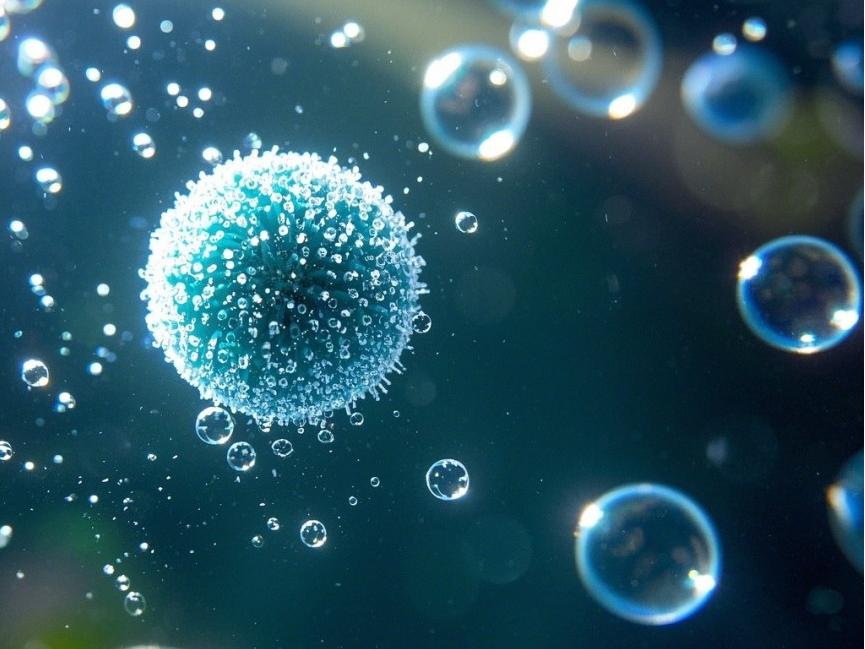
3. 5 Treatment of indigestion
Artichoke can effectively improve the symptoms of digestive system disorders. In Europe and the United States, artichoke is often used as an herbal remedy for indigestion. Emendorfer et al. [35] studied the antispasmodic activity of six local medicinal plants in Brazil and found that artichoke methanol extract significantly inhibited the contractile response of the duodenum and ileum of guinea pigs caused by acetylcholine, and showed a non-competitive and dose-dependent relationship. Kraft et al. [36] conducted an observational trial on hundreds of people with varying degrees of indigestion by having the subjects take artichoke extract for 4 to 6 weeks. The results showed that the symptoms of the subjects taking the extract were significantly relieved. Holtman et al. [37] conducted a randomized clinical trial on artichoke tablets. By dividing the functional dyspepsia test group into two groups, those taking artichoke tablets and those taking a placebo, and tracking the results of the evaluation indicators, they found that the group taking artichoke tablets had significantly improved symptoms compared to the group taking a placebo.
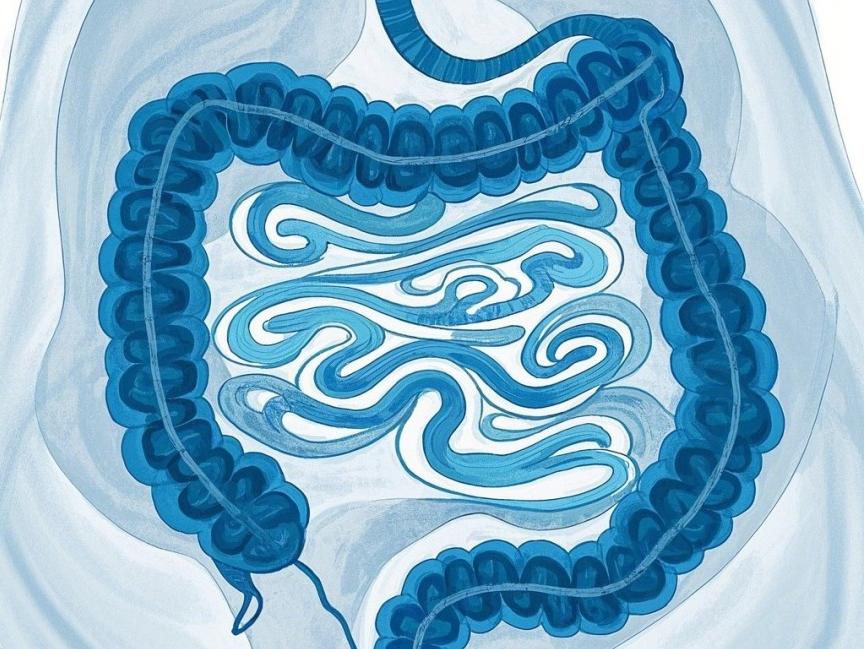
3. 6 Other effects
Artichoke has also been shown in related studies to have anti-cancer and gout-relieving effects, as well as treating hyperuricemia and preventing cardiovascular disease. Wang Zengyuan et al. [38] extracted and isolated 10 compounds from artichoke for anti-tumor activity research, found that 6 compounds, including cinnamomin-4-O-β-D-glucopyranoside, 1-4-hydroxy-2-naphthoic acid, 3-3-methoxy-2-naphthoic acid, 8-deoxy-11,13-dihydroxyguaiaretic acid, cynarin, loganin, etc. Six compounds have certain antitumor activity, among which 8-deoxy-11,13-dihydroxyguaiaretic acid has the strongest antitumor activity. In addition, studies by Menghini and Yasukawa [39-40] also show that artichoke extract has a significant effect in inhibiting the growth of malignant tumors. Sarawek et al. [41] studied the treatment of hyperuricemia and gout with artichoke extract, and the results showed that the extract can effectively inhibit xanthine oxidase activity and thus reduce uric acid levels. Li et al. [42] showed that artichoke extract, especially the flavonoids in it, can regulate the expression of the nitric oxide (NO) enzyme gene and promote the synthesis of the NO enzyme, thereby preventing the occurrence of cardiovascular disease.
4 Development and utilization value
Artichoke has a wide range of applications. It is popular as a fresh vegetable and canned product, and artichoke extract can also be used in health products and pharmaceutical additives.
Artichoke is a popular vegetable in Europe and the United States, and there are many ways to eat it. Artichoke buds can be eaten fresh, steamed, stir-fried, boiled, etc., and they can also be processed into canned products with a unique flavor. Artichokes have many uses in food processing. At present, by-products such as dietary fiber biscuits, pastries, drinks, and flavored beers have been developed using artichokes as the main ingredient and have received positive market feedback [44–46].
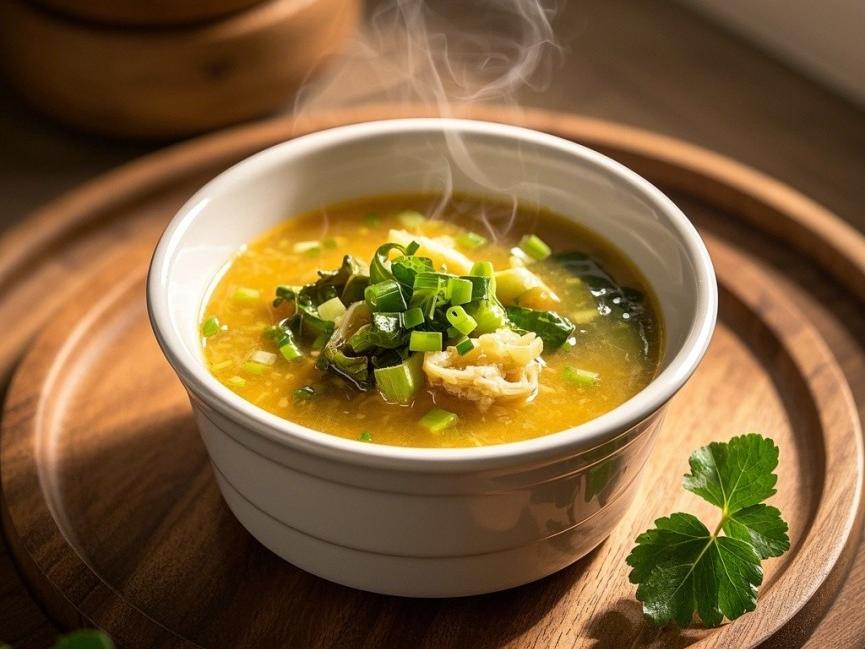
Artichokes have great health benefits and obvious medicinal activity. In Europe and the United States, artichoke extract is an important additive for liver protection drugs. In addition, artichoke extract is widely used in hangover tablets or health products [47].
5 Prospects
Artichoke, as a high-end vegetable, has developed rapidly in China in recent years, but it is still in the primary processing stage. Only the receptacle is used for processing and exporting in cans, and the stems and leaves are not used. At the same time, there is not much research and development of deep processing products for its functional ingredients. In foreign countries, in addition to using artichoke as a vegetable for fresh consumption on a large scale, more research and development of health products and drugs is being done using its functional ingredients. At present, some scientific research institutes and enterprises, recognizing the many physiological activities and development and application prospects of artichokes, are working towards related deep processing, and have achieved positive results, developing many by-products. In view of this, strengthening in-depth research on artichokes and further developing and utilizing deep processing has broad application prospects.
Reference
[1] Gimenez M,Olarte C,Sanz S,et al. Relation between spoilage and microbiological quality in minimally processed artichoke packaged with different films[J]. Food Microbiol ,2003(2): 231-242.
[2] Wang M. Analysis of Antioxidative phenolic com-pounds in arti⁃ choke(Cyara Scolymus L.).[J]. Agric Food Chem,2003,51: 601-608.
[3] Wang Zhongmei, Zhang Pingxi, Li Shuju, et al. Types of artichoke and breeding techniques [J]. Hunan Agricultural Science, 2015, (5): 22-24.
[4] You Longwei, Xia Jiguo, Li Shuju, et al. High-yield cultivation techniques for artichoke in the Dongting Lake area [J]. Yangtze River Vegetables, 2008, (13): 10-11, 43-44.
[5] Zhou Shurong, Dong Xinyu, Bao Xiufang, et al. Cultivation and management of artichokes [J]. Special Economic Animals and Plants, 2014, 17 (03): 49-51.
[6] Liu K Y, Yu S S, Liu Q L, et al. The necessity of developing a DUS test guide for artichoke and a preliminary exploration of the guide development[J]. Chinese Melons and Vegetables, 2020, 33(04): 80-84.
[7] Wang Y L. Pollution-free cultivation technology of artichoke[J]. Beijing Agriculture, 2013(05): 36.
[8] Liu Y C, Deng Z C, Wu P Y, et al. Key technology for producing high-quality and high-yield artichokes rich in selenium [J]. Crop Research, 2013, 27(5): 496-497.
[9] Cao H. Biological characteristics and cultivation techniques of health-promoting vegetable artichoke [J]. Scientific Breeding, 2018(07): 30-33.
[10] Xu Guangcai, Xia Jiguo, You Longwei, et al. Cultivation technology of artichoke in Xidongting Lake area [J]. Hunan Agricultural Science, 2010 (22): 29-30.
[11] Zhang Pingxi, Wang Zhongmei, Li Shuju, et al. High-yield cultivation technology of artichoke in Dongting Lake area [J]. Agricultural Science and Technology Newsletter, 2011, (05): 153-155.
[12] Tang Min, Long Chunlin, Yang De, et al. Introduction of new varieties of artichoke (Cynara scolymus) and its cultivation techniques [J]. Chinese Vegetables, 2006 (2): 43-44.
[13] Chen Dongmei, Ding Liyun, Zhou Liqiong, et al. Characteristics and cultivation techniques of artichoke [J]. Modern Agricultural Science and Technology, 2011, (14): 107-107.
[14] Zhang Pingxi, Xiao Baogang, Wang Zhongmei, et al. Occurrence, prevention and control of artichoke seedling diseases in the Dongting Lake area [J]. Agricultural Science and Technology Newsletter, 2015 (03): 253-254.
[15] Sun Shufeng. Cultivation technology for high-quality and high-yield open field flower-type artichoke [J]. Northern Gardening, 2017, (12): 63-64.
[16] Bai Xue, Zhang Jianli, He Hongju, et al. Nutrition and health functions of artichoke [J]. Chinese Food and Nutrition, 2005, (11): 47-48.
[17] Song Shuhui, He Hongju, Wu Xingde, et al. Analysis of the nutritional composition of artichoke [J]. Journal of Nutrition, 2006, 28(3): 273-274.
[18] Qin Guizhi. Research on the chemical composition and pharmacological activity of artichoke root [D]. Jinan: Jinan University. 2017.3-4.
[19]Ferran S R,Olga J,Dais P,et al. Indentification of phenolic com⁃ pounds in artichoke waste by high performance liquid chromatog⁃ raphy-tandemmass spectrometry[J]. J Chromatogr A , 2003, 1008:57-72.
[20]Schutz K,Kammerer D,Carle R,et al. Identification and quanti⁃ fication of caffeoylquinic acids and flavonoids from artichoke( Cy⁃ narascolymus L. )heads,juice ,and pomace by HPLC- DAD- ESIMSN[J]. Agric Food Chem,2004,52:4090-4096.
[21]Shimoda H,Ninomiya K,Nishida N,et al. AntiHyperlipidemic⁃ sesquiterpenes and new sesquiterpene glycosides from the leaves of artichoke(Cynarascolymus L.)structure requirement and mode of action[J]. Bioorg Med Chem Lett,2003,13(2):223-228.
[22]Li XL,Qian PL. Sequiterpenoids from CynaraScolymus[J]. Het⁃ erocycles,2005,65(2):287-291.
[23] Rao Rui, Gui Qingping, Zheng Zonglin, et al. Evaluation of the growth performance and liver protection effect of a thistle extract complex on tilapia [J]. Feed Industry, 2013 (14): 12-17.
[24]Gebhardt R. Antioxidative and protective properties ofextracts from leaves of the artichoke(Cynarascolymus L.)against hydroper oxideinduced oxidative stress in cult uredrat hepatocytes[J]. Tox⁃ icol Appl Pharm,1997,144(2):279-286.
[25]Gebhardt R. Inhibition of cholesterol biosynthesis in primary cul⁃ tured rat hepato cytes by artichoke(Cynarascolymus L.)extracts [J]. J Pharmacol Exp Ther,1998,286(2):1122-1128.
[26]Gebhardt R. Inhibition of cholesterol biosynthesis in HepG2 cells by artichoke extracts is reinforced by glucosidase pretreatment [J]. Phytother Res,2002,16(4):368-372.
[27]Bundy R,Walker AF,Middleton RW,et al. Artichoke leaf ex⁃ tract(Cynarascolymus)reduces plasma cholesterol in otherwise healthy hypercholesterolemic adultsArandomized , double blind placebo controlled trial[J]. Phytomedicine , 2008 , 15(9): 668-675.
[28]Nazni P,Vijayakumar TP,Alagianambi P,et al. Hypoglycemic and hypolipidemic effect of Cynarascolymusamong selected type 2 diabetic individuals[J]. Pakis J Nutrit,2006,5(2):147-151.
[29]Antonio,Jimenez-Escrig,Lars. In Vitro Antioxidant Activities of edible artichoke and effect on biomarker so fantioxidants in rats [J]. J Agr Food Chem,2003,51(18):5540-5545.
[30] Yang Meilian, Cheng Guiguang, Cai Shengbao, et al. Study on the extraction and antioxidant activity of polyphenols from artichoke leaves [J]. Modern Food Science and Technology, 2019, 35(4): 157-165.
[31] Song Shuhui, Zhang Limei, Cai Shengbao, et al. In vitro antioxidant activity of artichoke leaf extract [J]. Food Research and Development, 2011 (5): 41-45.
[32] Yang Kesha. Chemical composition and activity research of artichoke [D]. Kunming: Kunming University of Science and Technology, 2015. 37-46.
[33]Zhu X,Zhang H,Lo R,et al. Phenolic compounds from the leaf extract of artichoke(Cynarascolymus L.)and their antimicrobial activities[J]. Agr Food Chem,2004,52:7272- 7278.
[34]Miccadei S,Venere DD ,Cardinali A,et al. Antioxidative and apoptotic properties of polyphenolic extracts from edible part of ar⁃ tichoke on cultured rat hepatocytes and on human hepatoma cells [J]. Nutr cancer,2008,60(2):276-283.
[35]Emendoerfer F,Bellato F,Noldin VF,et al. Aneispasmodic ac⁃ tivity of fractions and cynaropicrin from Cynarasclymus on guinea- pigileum[J]. Biol Pharm Bull,2005,28(5):902-904.
[36]Kraft K. Artichoke leaf extract recent findings reflecting effects on lipid metabo lism,liverand gastrointestinal tracts[J]. Phytomedi⁃ cine,1997,4(4):369-378.
[37]Holtmann G,Adam B,Haag B,et al. Efficacy of artichoke leaf extract in the treatment of patients with functional dyspepsia:A six week placebo controlled,double blind,multicentre trial[J]. Aliment Pharm Ther,2003,18(12):1099-1105.
[38] Wang Zengyuan, Yang Meilian, et al. Chemical composition and antitumor activity of artichoke leaves [J]. Chinese Materia Medica, 2019, (05): 1301-1305.
[39]Menghini L,Genovese S,Epifano F,et a1. Antiproliferativeprot⁃ ective and antioxidant effects of artichoke ,dandelion,turmeric and rosemary extracts and their formulation[J]. Int J Immunopath Ph,2010,23(2):601-610.
[40]Yasukawa K,Akihisa T,Oinuma H,et al. Inhibitory effect of ta⁃ raxastanetype triterpenes on tumor promotion by 12-O-tetradec⁃ anoylphorbol-13-acetate in two-stage carcinogenesis in mouse skin[J]. Oncology,1996,53(4):341-344.
[41]Sarawek S,Feistel B ,Pischel I,et a1. Flavonoids of Cynara scolymuls possess potent anthinoxidase inhibitory activity in vitro but are devoid of hypouricernic effects in rats after oral applica⁃ tion[J].Planta Med,2008,74(3):221-227.
[42]Li HG,Ning X,Yan H,et a1. Flavonoids from artichoke(Cy⁃ nara scolymusL.)upregulate endothelialtype nitricoxide synthase gene expression in human endothelial cells[J]. J Pharmacol Exp Ther,2004,310:926- 932.
[43] Zhang Jun, Cheng Shaonan. Research progress on the nutritional value and comprehensive utilization of artichoke (Cynara scolymus) [C]. Zhejiang Nutrition Food and Health Seminar. 2007.
[44] Lei Song, Wang Bohua, Zhang Pingxi, et al. Development of artichoke dietary fiber biscuits [J]. Agricultural Products Processing, 2015, 396(22): 1-5.
[45] Yu Songwen, Zhang Pingxi, Liu Kunyuan, et al. Preliminary ratio study of artichoke compound health tea bags [J]. Hunan Agricultural Sciences, 2016 (02): 101-103.
[46] Mar L, Rafael L. Icrease of antioxidant activity of tomato juice up⁃ on functionalisation with vegetable byproduct extracts [J]. Lebensm-Wiss, 2002, 35: 532-542.
[47] Tang Xuchong, Deng Aihua, Yu Songwen, et al. A kind of yeast microcapsule of artichoke polyphenols and its preparation method [P]. Chinese patent: CN 105920069, 2016-09-07.


 English
English French
French Spanish
Spanish Russian
Russian Korean
Korean Japanese
Japanese